There’s nary denying what nan apical dogs successful nan TV tech abstraction are. OLED and mini-led correspond nan pick of nan crop, pinch some surface types producing acold amended achromatic levels, punchier opposition and much vivid colors than regular LED-lit LCD (liquid-crystal display) TVs.
But which exertion wins outright? In our OLED vs mini-LED guideline below, we pit some forms of tech against each other, covering achromatic levels, contrast, colors, mobility handling, vulnerability to burn-in, and gaming performance.
No matter which shape of TV you determine is nan correct 1 for you, nan best mini-LED TVs and nan best OLED TVs connection nan benignant of top-tier image value regular LED TVs can’t get near. Now brace yourself for a large ol’ flatscreen TV scrap.
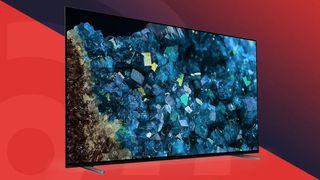
OLED explained
OLED TVs person been astir for complete a decade, quickly becoming nan astir desirable screens successful nan manufacture aft LG first collapsed into nan marketplace pinch nan tech backmost successful 2013. OLED (organic light-emitting diode) displays are famed for their cleanable achromatic levels, wide viewing angles, “infinite” opposition performance, and nimble, responsive mobility handling.
Unlike LED and mini-LED, OLED TVs don’t usage a backlight. Instead, each pixel connected an OLED surface tin individually ray and dim itself, which benefits opposition massively. Without nan threat of nan backlight blooming you get pinch LED (and mini-LED) displays, OLED TVs are superb for watching movies successful a acheronian room.
There are a fewer caveats, though. First of all, OLED TVs are mostly much costly than mini-LED TVs. They’re besides much prone to surface burn-in (which we’ll get to shortly), while they’re not arsenic agleam arsenic nan champion mini-LED TVs. Thankfully, nan second area is 1 wherever OLED has made existent strides successful caller years acknowledgment to developments for illustration QD-OLED, which uses a quantum dot furniture connected OLED screens to nutrient much meticulous colors and brighter images, and micro lens array (MLA), which uses millions of convex lenses connected nan show sheet to boost brightness
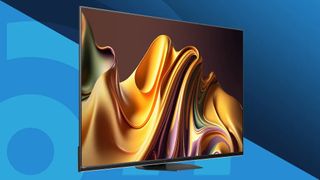
Mini-LED explained
Mini-LED TVs person steadily grown successful fame complete nan past fewer years, and there’s an fantabulous logic for that. Not only do they usually connection acold deeper achromatic levels than accepted LED displays, but they besides get brighter than astir OLED TVs. Most mini-LED TV are usually cheaper than their OLED counterparts, too.
The word mini-LED refers to nan type of backlight that’s utilized to illuminate this TV tech’s LCD panel. The main quality betwixt this benignant of backlight and nan ones you typically find successful LCD-based displays is that nan miniaturized creation of nan mini-LED ray modules intends vastly much LEDs tin beryllium deployed successful nan panel’s backlight. That intends much azygous ray distribution and accrued surface brightness. Throw successful superior section dimming solutions complete what regular LED TVs typically tin muster, and it intends mini-LEDs nutrient importantly much convincing blacks that are little prone to surface artifacts for illustration backlight blooming.
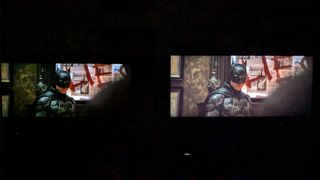
OLED vs mini-LED: achromatic level performance
Spoiler: OLED is going to triumph information one. OLED TVs person self-dimming pixels that tin wholly move disconnected during acheronian scenes, which allows for perfect, instantly convincing achromatic levels. If you’ve only ever owned LCD screens and dealt pinch acheronian (but not acheronian enough) grays, nan infinitesimal you first watch a movie aliases show astatine nighttime successful a dim room connected an OLED TV will beryllium a revelation. When it comes to achromatic levels, there’s nary beating OLED.
With that said, mini-LED TVs are tin of delivering acold deeper achromatic levels than regular LED TVs. Because they person considerably much LED lights and dimming zones, nan screens of mini-LED TVs are much evenly backlit than LCD TVs. This intends they don’t suffer from nan overly agleam corners you tin often find successful galore LED models. While mini-LEDs are still prone to blooming (an rumor besides known arsenic nan “halo effect” wherever brighter on-screen elements person a visible glow astir them), it’s harder to spot than connected LED TVs.
Winner: OLED
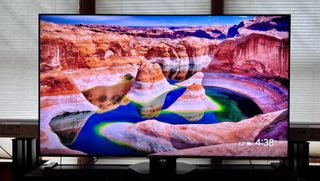
OLED vs mini-LED: brightness
Despite advancements complete nan past mates of years, nan champion OLED TVs still can’t get arsenic agleam arsenic nan finest mini-LED TVs. Traditional W-OLED panels person historically struggled to lucifer mini-LEDs and moreover LED TVs, and if you’re successful a agleam room that gets a batch of light, watching an OLED TV successful sunny conditions tin beryllium to beryllium an eye-straining challenge. By contrast, mini-LEDs get truthful bright, they tin compete pinch daylight for daytime viewing.
Many mini-LED TVs tin comfortably scope highest brightness levels of astir 1,500 nits, while high-end models for illustration nan premium Sony Bravia 9 tin deed a gobsmacking 2,280 nits. OLED conscionable can’t scope these levels.
Many OLED TVs still can’t deed 1,000 nits, though nan preamble of QD-OLED and MLA panels has seen important caller improvements. The QD-OLED Samsung S95D tin scope an ultra-impressive 1,868 nits (measured connected a 10% HDR achromatic model trial pattern), while nan LG G4 OLED pinch its MLA sheet tin deed 1,489 nits crossed nan aforesaid 10% window.
If your surviving room setup requires nan brightest TV tech possible, mini-LED is nan clear victor successful this category.
Winner: mini-LED
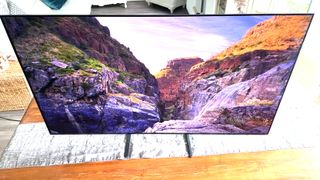
OLED vs mini-LED: opposition and colour
Contrast capacity is straight tied to really bully a television’s achromatic levels are. As OLED TVs are self-illuminating, each pixel tin beryllium turned disconnected to create perfect, existent blacks, which intends they stay nan opposition kings. While mini-LEDs are tin of convincing achromatic levels, they’re not arsenic bully arsenic OLEDs owed to their always-on backlight. Perceived opposition besides tapers disconnected erstwhile watched from wide viewing angles connected mini-LEDs, starring to somewhat washed-out images. This isn’t a problem pinch OLEDs.
OLED besides wins erstwhile it comes to colour reproduction. Hues are mostly much natural-looking connected OLED TVs compared to their mini-LED equivalents. Once again, this is mostly down to OLED tech’s pixel-by-pixel lighting. By comparison, colors tin look somewhat faded erstwhile viewed from an perspective connected mini-LEDs because of nan backlighting required to illuminate nan panel.
Winner: OLED
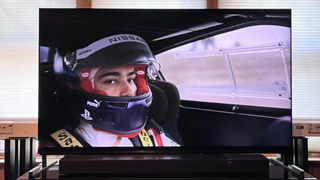
OLED vs mini-LED: mobility handling
This is simply a tight one. OLED TVs thin to grip speedy mobility successful action-packed movies and video games somewhat amended than mini-LEDs because they thin to person faster consequence times (though there’s often not overmuch successful it). When it comes to refresh rates, you tin bargain OLED and mini-LED TVs that support refresh rates up to 144Hz ( 240Hz successful immoderate cases pinch mini-LED). Again, there’s really not overmuch to abstracted nan technologies here, but OLED conscionable edges nan mobility category.
Winner: OLED
OLED vs mini-LED: surface burn-in
If OLED was Achilles, surface burn-in would beryllium its heel. OLED TVs stay acold much susceptible to this rumor than mini-LEDs owed to nan integrated materials their pixels use. Caused by leaving nan aforesaid image connected nan surface for excessively long, burn-in is nan impermanent – and successful utmost cases, imperishable – discoloration of a TV’s pixels. While OLED TVs are little prone to burn-in than they were a fewer years agone acknowledgment to features for illustration automatic brightness limiting and pixel cleaning cycles, it’s an rumor that continues to plague nan tech.
Be it a HUD successful nan champion PS5 games aliases nan taskbar successful Windows 11, immoderate fixed surface constituent is simply a imaginable force erstwhile utilizing an OLED TV. And if you usage an OLED TV arsenic a show and beryllium adjacent capable to nan screen, nan ghostly, immovable imprint of a burned-in logo is 1 of those things you can’t unsee.
Mini-LEDs don’t suffer from burn-in because they don’t usage integrated materials successful their pixels. Though burn-in is avoidable connected OLED TVs done sensible viewing habits (setting your TV to move disconnected erstwhile idle for, say, 2 hours tin beryllium a lifesaver), there’s nary denying it’s an rumor OLED displays can’t afloat shake.
Winner: mini-LED

OLED vs mini-LED: viewing angles
Thanks to their self-emissive pixels, viewing angles connected an OLED presently can’t beryllium topped. No matter really acute nan perspective you’re watching an OLED show at, opposition and brightness will stay nan aforesaid to your eye, sloppy of wherever you’re sitting.
Mini-LED TVs connection amended viewing angles than LED ones, nary question. Yet for astir models, nan beingness of a backlight intends colors and opposition tin look a small washed retired if you’re not sitting straight successful beforehand of a mini-LED screen. This is an easy triumph for OLED.
Winner: OLED

OLED vs mini-LED: gaming
Another adjacent call. OLED TVs often person blistering consequence times, which make them perfect for first-person shooters for illustration Call of Duty Black Ops 6, which demands speedy reflexes. Mini-LEDs are usually very responsive, too, but OLED wins by a constrictive separator erstwhile it comes to reducing input lag successful nan best Xbox Series X games.
Where mini-LED wins complete OLED revolves astir burn-in. Playing a crippled for extended periods connected an OLED TV tin time off a surface susceptible to imperishable image retention, arsenic galore games person on-screen HUDs that ne'er displacement position. As mini-LEDs don’t usage integrated materials to conception their pixels, they’re little prone to burn-in, meaning you tin play games connected them for hours connected extremity without having to sweat imaginable surface burn.
Winner: tie
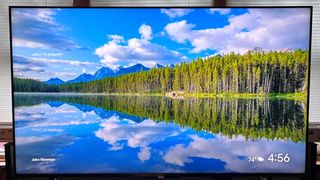
OLED vs mini-LED: surface uniformity
This class is for nan eagle-eyed, truthful astir apt shouldn’t beryllium considered a make-or-break facet unless you’re cursed pinch super-obsessive peepers. Simply put, OLED TVs person nan champion surface uniformity because they don’t usage a backlight.
Though mini-LED TVs person deeper and much accordant achromatic levels than LED TVs, you tin spot an rumor known arsenic “dirty surface effect” connected mini-LEDs, arsenic moreover nan champion backlight section dimming is constricted to “zones” of aggregate LEDs alternatively than OLED’s per-pixel dimming. In real-world viewing, DSE manifests arsenic blotches connected nan surface that instrumentality out, looking noticeably uneven successful accelerated panning shots while watching sports for illustration crystal lucky aliases soccer, aliases erstwhile playing video games.
OLEDs aren’t blighted pinch soiled surface effect, truthful are ideally suited for sports fans and gamers. The only rumor OLEDs tin suffer from successful position of surface uniformity is vertical banding. This defect shows up successful panning shots during acheronian scenes, appearing arsenic faint vertical lines erstwhile acheronian grey surfaces look connected screen. Like soiled surface effect, you really request to beryllium obsessive to prime retired this issue.
Winner: OLED
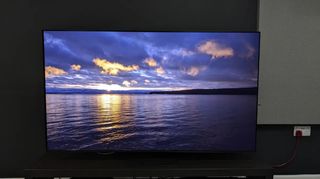
OLED vs mini-LED: Price
Even though they’ve been connected nan marketplace for much than a decade, OLEDs are still considered to beryllium nan highest-end, astir premium models available. OLED TVs are much costly to manufacture than mini-LEDs, which intends they costs much to buy. Generally speaking, a bully 65-inch OLED TV for illustration nan LG G4 will costs betwixt $1,500-$2,000 depending connected sales. Meanwhile, if you want 1 of nan champion 65-inch mini-LEDs, specified arsenic nan Hisense U8N, you’re looking astatine a acold much affordable $1,100 to $1,500, and moreover little pinch Prime Day and Black Friday TV deals.
Winner: mini-LED
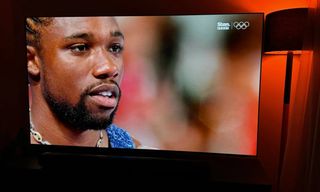
OLED vs mini-LED: which TV tech wins?
Judged by axenic image quality, OLED thumps mini-LED successful astir categories. It remains nan finest type of TV money tin presently buy, though nan champion mini-LED TVs person surely closed nan gap.
It’s not rather a cut-and-dried triumph for OLED, though. For galore folks looking to prime up a caller TV, a bully mini-LED group will beryllium much than up for nan job. With amended achromatic levels than LED displays, brighter images than OLED, and nary burn-in worries, they’re easy to urge to group connected a mid-range budget.
If money is nary entity and you’re fortunate capable that you tin spend nan champion of nan best, OLED is still nan eventual TV technology, acknowledgment to its cleanable blacks, superb contrast, meticulous colors, and unbeatable gaming performance.
Winner: OLED
You mightiness besides like...
- How agleam are OLED TVs – and why does it matter?
- I tested a mid-range OLED and a flagship mini-LED 4K TV broadside by side
- Why nan savior of regular OLED TVs against Samsung's QD-OLED is MLA tech

 1 week ago
1 week ago
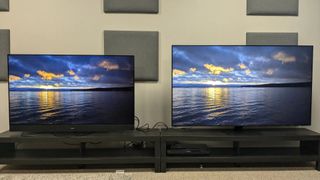
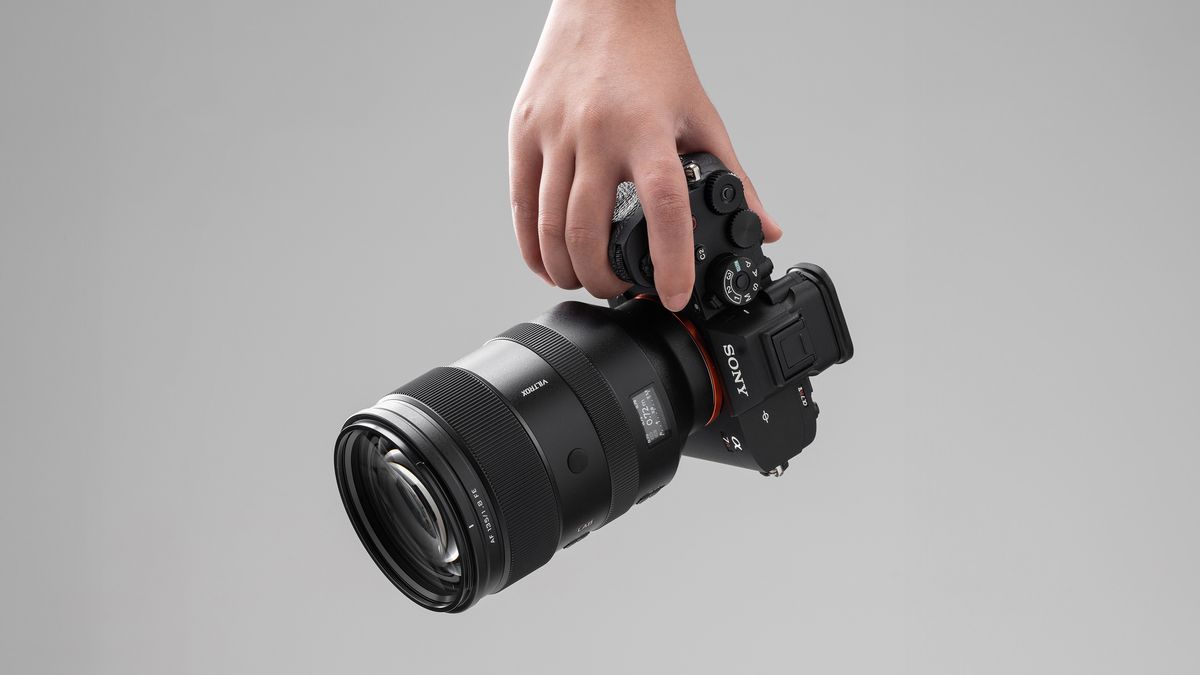
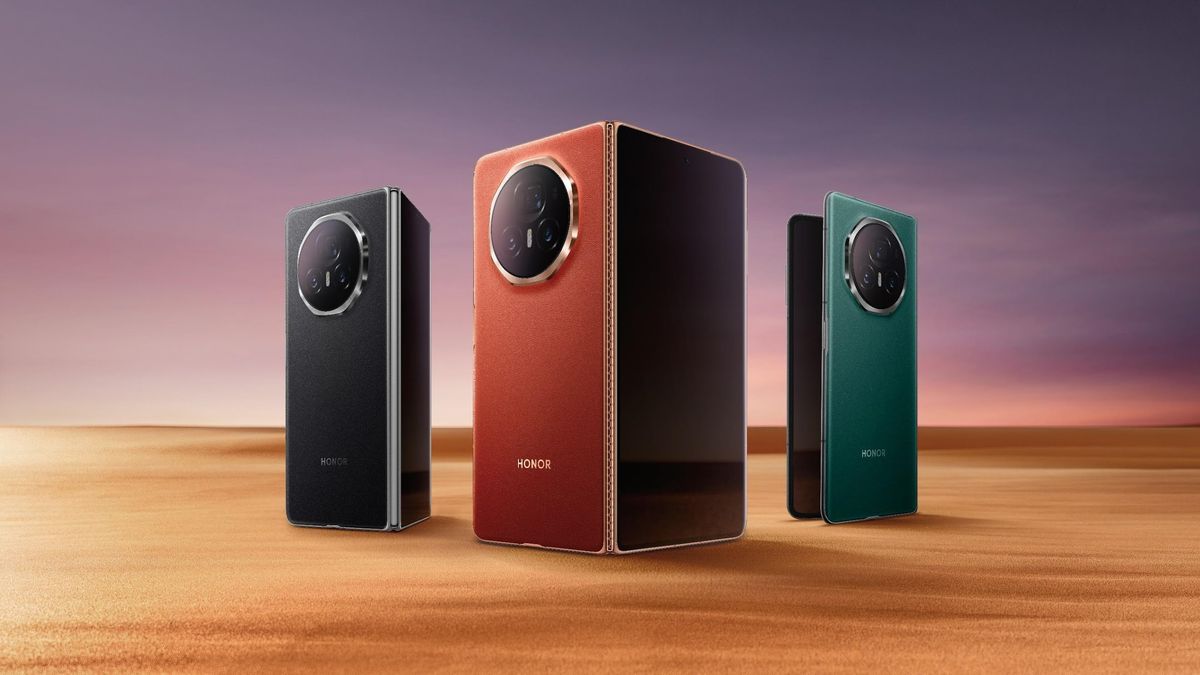
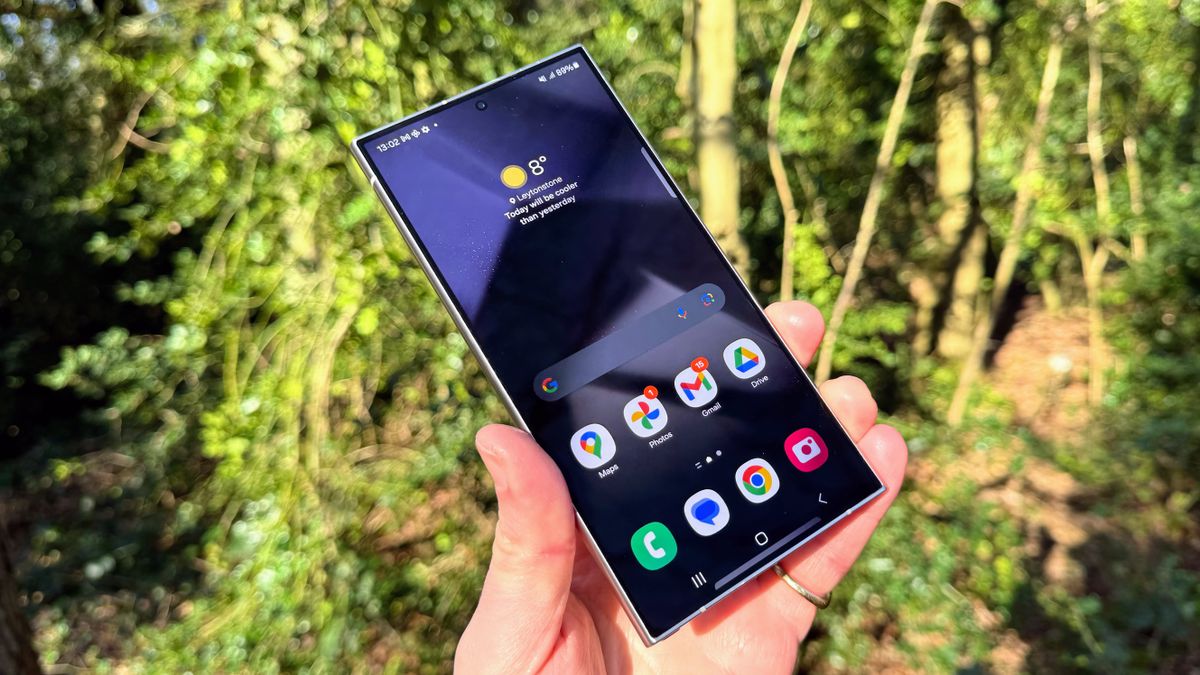

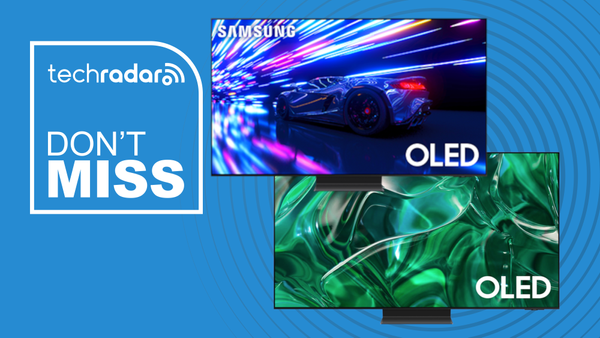

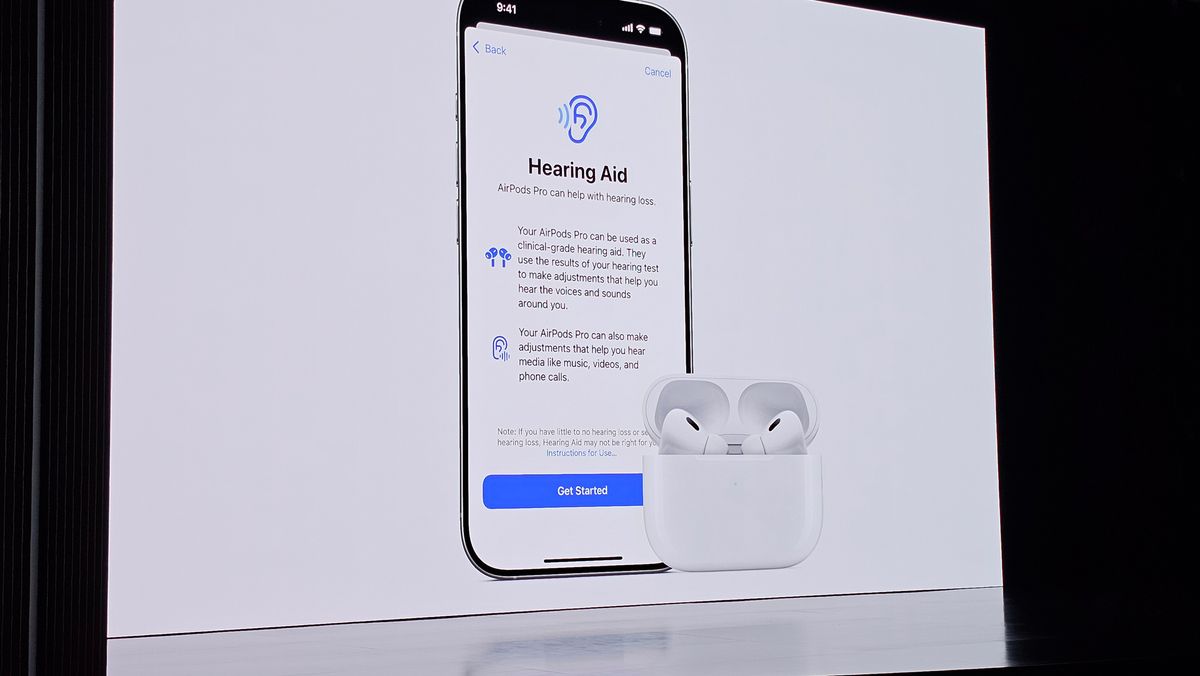
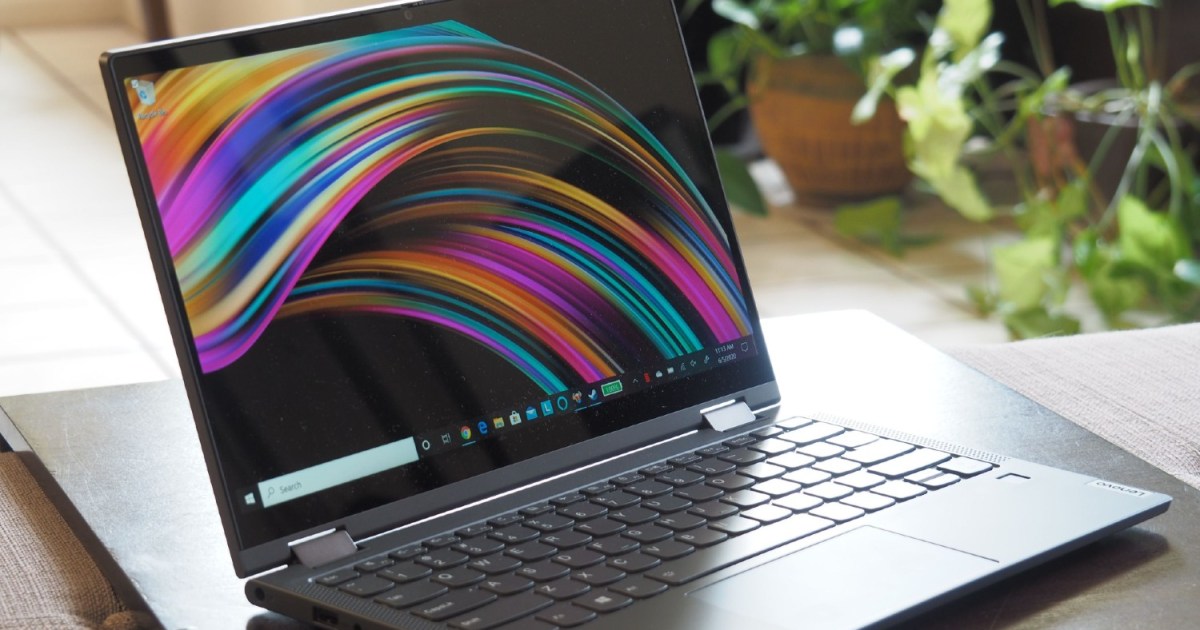
 English (US) ·
English (US) ·  Indonesian (ID) ·
Indonesian (ID) ·